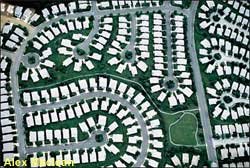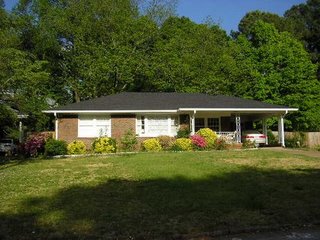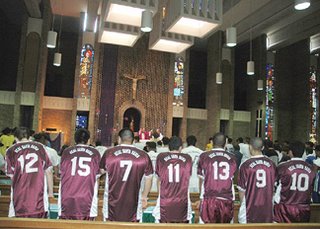This Week's Dire Prediction About Home Prices
The NAR's report is actually more optimistic than any of the press reports let on—but then the realty industry naturally keeps its chin up in the darkest of times. The data does contain some genuine cheer. Though the pace of single-family home sales fell, the decline in the number of houses that sold was not as steep as the NAR had predicted, and the national figures hide some significant regional differences. The rate of existing home sales dropped the most in the West, off 17 percent compared to last June, and that was not enough to shake the average price of a home, which stayed even at $342,000. In the Northeast, despite a slowing of 3.5 percent, existing home prices actually rose more than seven percent.
Existing home sales don't help the building industry, which is clearly overextended. It's no coincidence that the Times begins it dour tale by citing the giveaways developers are forced to come up with to sell their product. (Our favorite desperate developers' perk is the community water park.) There's no doubt that those who treat houses as commodities, whether mass builders or individual investors, need to weather a down market. The rest of us should avert our eyes whenever real-estate stories rear their heads.




